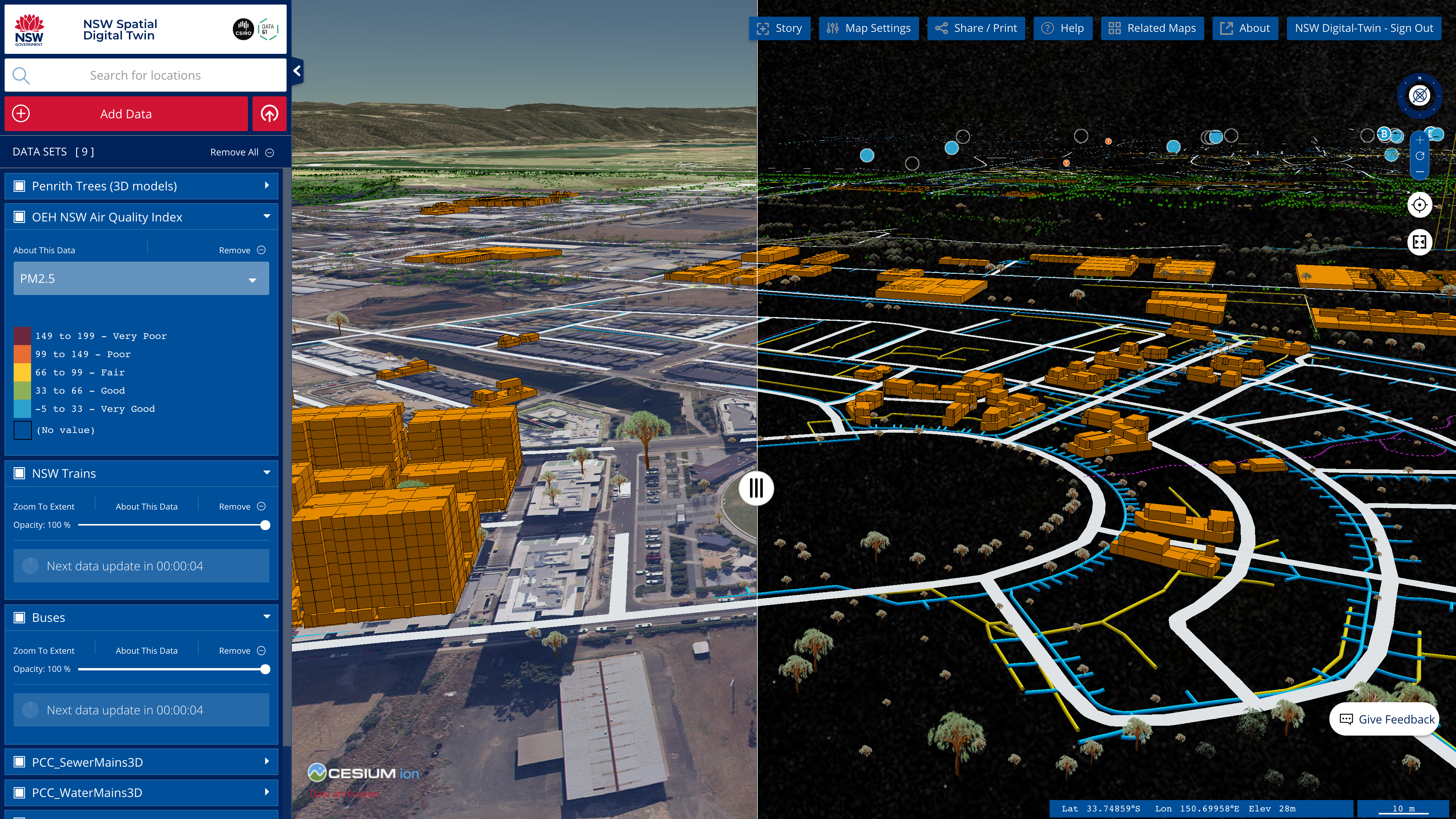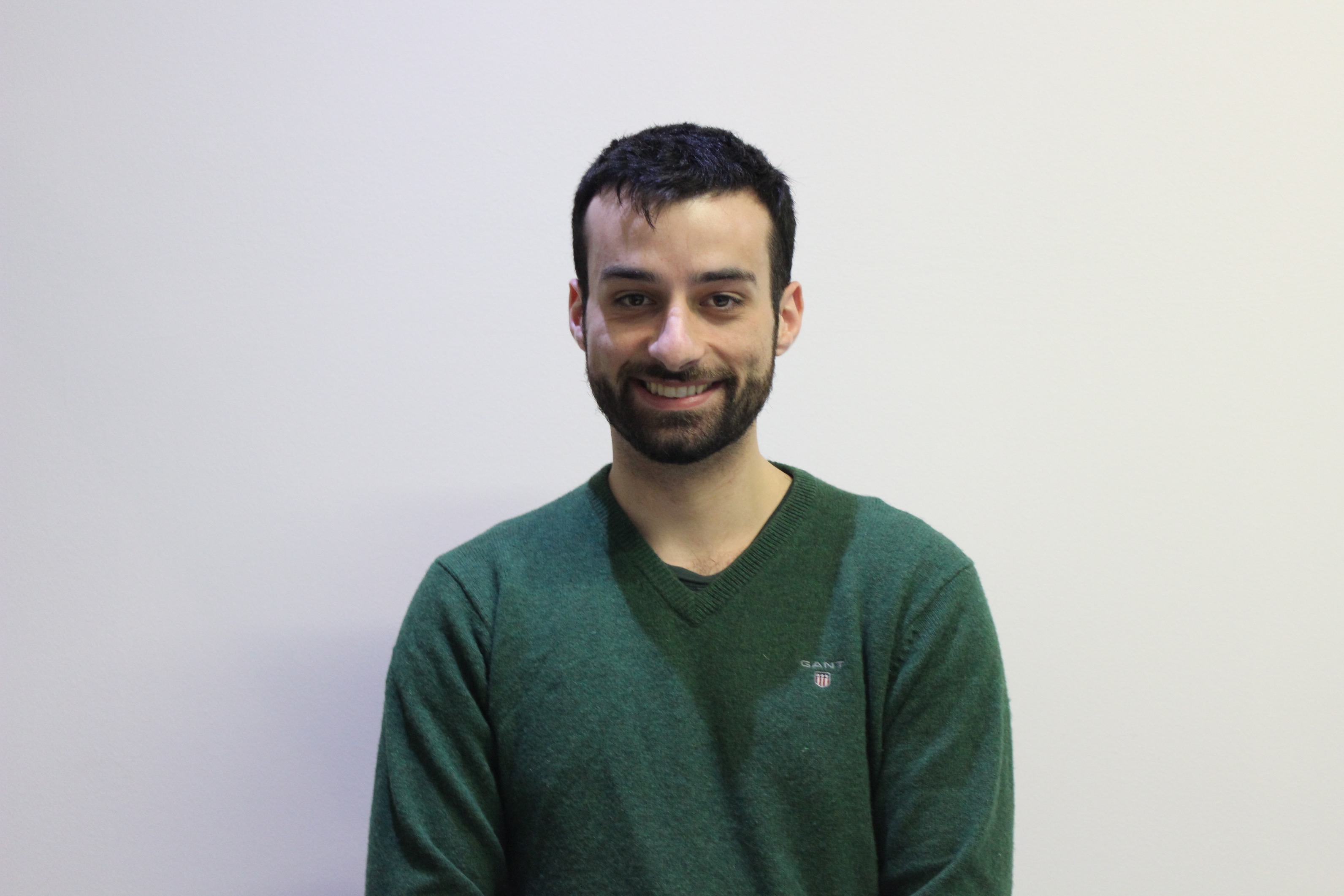New South Wales plans to create a digital twin of the entire state
Existing Spatial Digital Twin project set to expand following successful trial across eight councils


The New South Wales (NSW) government is expanding its digital twin platform across the entire state as part of a $40 million (£21.2 million) investment.
The Spatial Digital Twin brings together data sources from across government including spatial, natural resources, and planning, and integrates it with real time feeds from sensors to provide insights for planners, designers, and decision makers across industry and government.
The digital twin system is an open platform that can visualise 3D and 4D data to generate plans for buildings, terrain, property boundaries, and utilities. In the last 12 months, the digital twin platform received 18 million requests for access to 3D datasets.
Initially launched in early 2020 for use across eight ‘high-growth’ council areas, the platform is set to be expanded across the whole state over the next two years.
Council areas of Blue Mountains, Camden, Campbelltown, Fairfield, Hawkesbury, Liverpool, Penrith, and Wollondilly have all been part of the initial rollout.
“This investment will cement NSW’s position as the world leader when it comes to Spatial Digital Twin technology,” said Victor Dominello, minister for Digital and Customer Service. “This digital architecture makes it possible to visualise a development digitally before it is physically built, making it easier to plan and predict outcomes of infrastructure projects, right down to viewing how shadows fall, or how much traffic is in an area.”
The twin is part of the newly launched Live.NSW programme, which aims to develop a new platform, set to launch in early 2022, to allow communities to search for information based on their needs and places of interest. Dominello said it would bring information together to inform people about new developments, such as local schools or a proposed hospital, creating a snapshot of what exists and what is planned.
Sign up today and you will receive a free copy of our Future Focus 2025 report - the leading guidance on AI, cybersecurity and other IT challenges as per 700+ senior executives
RELATED RESOURCE

IT Pro 20/20: The problem with diversity in cyber security leadership
Why failing to address a shortage of women in senior roles puts businesses at risk - issue 23 is available to download now
The funding for the project came from the NSW Digital Restart Fund (DRF), which is set to spend $2.1 billion across four years to invest into digital transformation projects.
The NSW Spatial Digital Twin was originally developed by CSIRO, the country’s science agency, and NSW Department of Customer Service’s Spatial Services. It was introduced to help planners, developers, and policymakers make more informed decisions, saving costs and creating efficiencies.
NSW isn’t the only state investing in digital twins, as Victoria announced in July it would spend $35.2 million to deliver Digital Twin Victoria. This would provide a digital replica of the state modelled on a successful pilot project that created a digital twin for the country’s largest urban renewal project. The government said it would transform planning and unlock efficiencies from the start to finish of infrastructure projects and help drive the state’s economic recovery.
Zach Marzouk is a former ITPro, CloudPro, and ChannelPro staff writer, covering topics like security, privacy, worker rights, and startups, primarily in the Asia Pacific and the US regions. Zach joined ITPro in 2017 where he was introduced to the world of B2B technology as a junior staff writer, before he returned to Argentina in 2018, working in communications and as a copywriter. In 2021, he made his way back to ITPro as a staff writer during the pandemic, before joining the world of freelance in 2022.
-
 Untethered: How CIOs and CISOs are paving the way for the new hybrid workforce
Untethered: How CIOs and CISOs are paving the way for the new hybrid workforceWhitepaper Effective techniques to transition from exposed legacy infrastructure to an effective zero trust strategy
-
 Creating successful supply chain planning transformations in the consumer industry
Creating successful supply chain planning transformations in the consumer industryWhitepaper Think differently about SCP transformations and, in doing so, move into a better future for supply chains
-
 Healthcare’s next chapter
Healthcare’s next chapterwhitepaper Revolutionizing how you care with EPR experts you can trust
-
 Strategic app modernization drives digital transformation
Strategic app modernization drives digital transformationWhitepaper Modernize your applications to address business needs both now and in the future
-
 Delivering fast and secure digital experiences for the modern hybrid workforce
Delivering fast and secure digital experiences for the modern hybrid workforceWhitepaper A new approach to digital experience monitoring that can monitor the health of all systems
-
 The future of work and the forgotten workforce
The future of work and the forgotten workforcewhitepaper How to deploy a mobile-first strategy so no one gets left behind
-
 Building an outstanding digital experience
Building an outstanding digital experiencewhitepaper Insight into how banks and financial services organizations can deliver the digital experiences customers and employees expect
-
 The digital-first journey towards the future enterprise in Europe
The digital-first journey towards the future enterprise in Europewhitepaper The shift to a digital-first Europe


